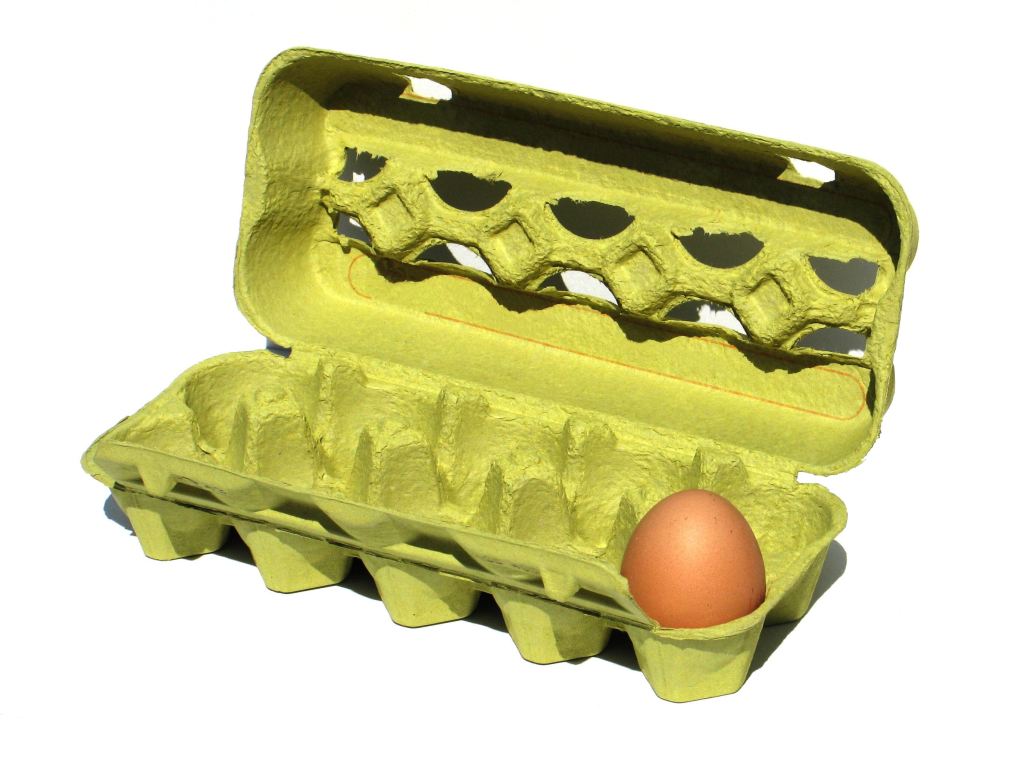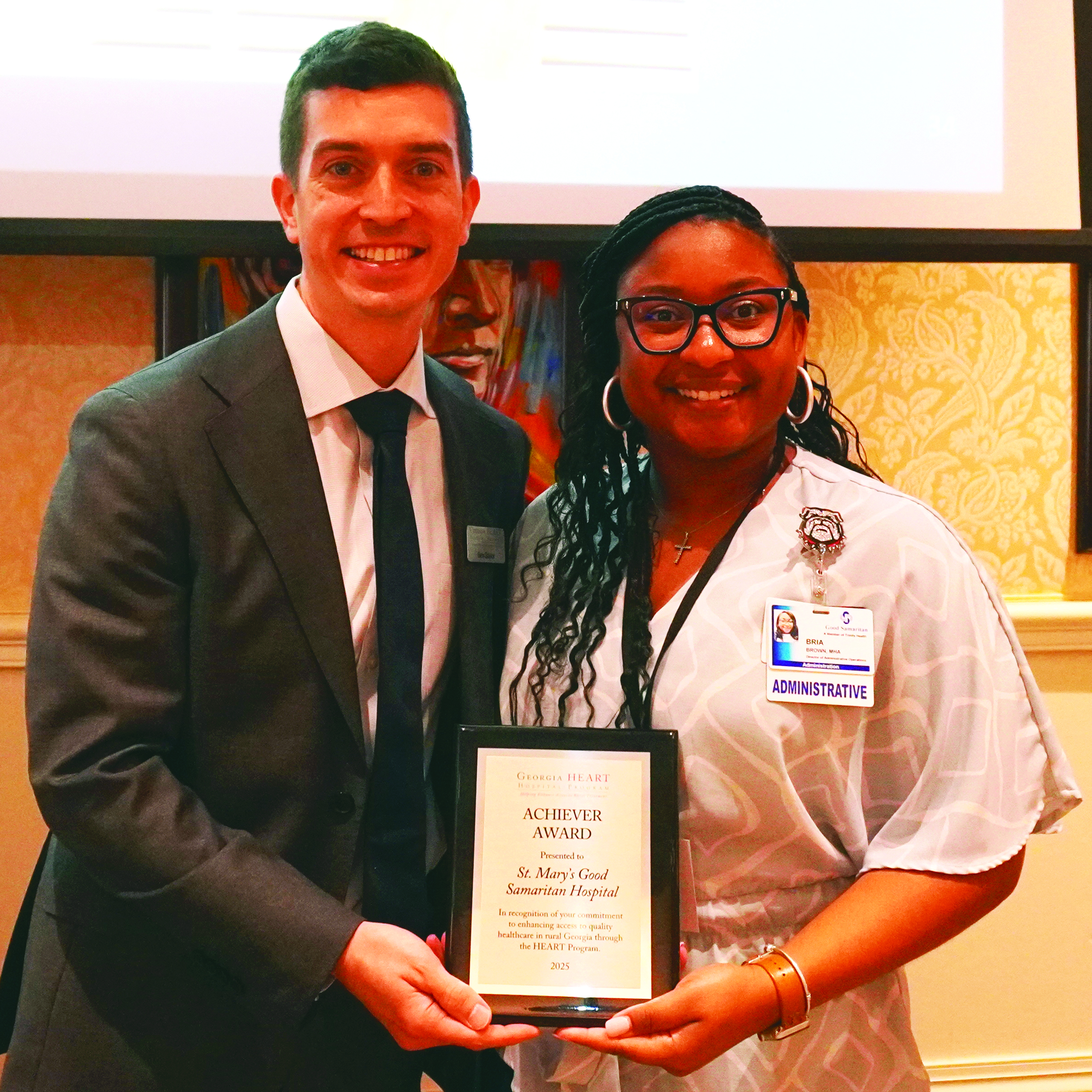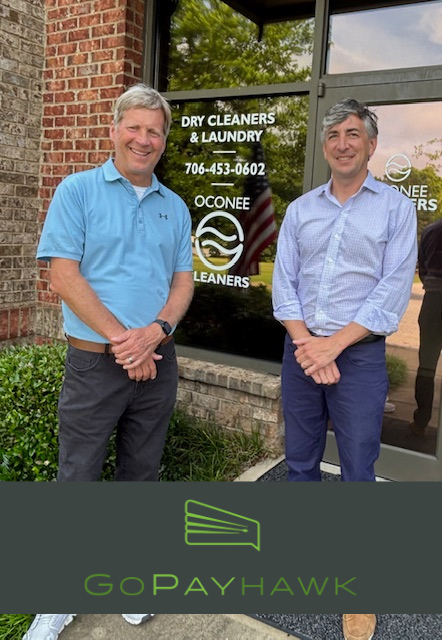Slate: ‘Smart’ food packaging
Published 2:45 pm Monday, July 14, 2014

- eggs.jpg
Packaging buffs love to talk about popcorn, which they say proves the notion that a product’s success can depend on how it’s wrapped and boxed. Stove-popped popcorn was on the decline when the brand Act II hit grocery stores in 1984, promising buyers a tidy bag of kernels that would inflate in their microwaves. Relieved of the hardship of tinkering with the stove, Americans witnessed a popcorn renaissance. Sales soared even though the product — a handful of brown seeds — didn’t change.
We’re already fairly good at encasing products in ways that protect them from the outside environment. A food’s wrapping can also communicate important facts (nutrition information, potential allergens) and attract attention with bright colors.
But only recently have we begun to tap into packaging’s potential to make our lives easier: to make food last longer or taste better, for instance, or to alert us when an ingredient goes bad. Experts think the packaging of the future will not just serve as a barrier, but also interact with the contained substance to somehow improve the consumer experience.
In an age of nanotechnology, that might look like a tag that changes color to indicate the freshness of seafood, a vegetable bag that soaks up oxygen to keep the contents from rotting when the temperature rises, or a beer label that turns frosty blue when the liquid gets cold enough to drink. It could mean enfolding an enzyme into the lining of milk cartons to break down lactose for the lactose-intolerant or lacing plastic wrap with carbon dioxide molecules to prolong freshness. It could even mean developing packaging materials that prey on certain microorganisms associated with food decay.
There are two classes of new packaging: “smart” and “active.” Active packaging describes any material that does more than passively contain and protect food. Some active packaging has been around for a while: Many foods come with a little packet of silica gel, a desiccant that inhibits mold growth by absorbing oxygen. Members of the military are all too familiar with self-heating MREs, which rely on exothermic chemical reactions to warm dishes like cheese tortellini and beef stew. Some supermarkets today even use breathable films that adjust their oxygen permeability based on storage conditions.
If active packaging is the muscle, then smart packaging, on the other hand, is the brains — it “senses and informs,” conveying facts about the product to the consumer based on a series of environmental triggers.
Perhaps the most exciting advances in next-gen packaging will serve in the supermarket’s produce section. MIT chemistry professor Timothy Swager recently developed a carbon nanotube sensor that detects ethylene, a chemical released by fruit as it ripens. The sensors cost only 25 cents to make — an important point, since cost is always a hurdle in the high-volume, low-profit food industry — and could eventually be incorporated into cardboard shipping boxes. A simple scan with a handheld device by supermarket employees would assess the ripeness of the freight contents. “If we can create equipment that will help grocery stores manage things more precisely, and maybe lower their losses by 30 percent, that would be huge,” Swager told the Verge.
Not that all smart packages live in the world of labs and hypotheticals. The company Cox Technologies (now a part of Sensitech Inc.) created its FreshTag to monitor decomposition in seafood. The FreshTag, which entered the consumer market in 2000, contains chemicals that mingle with vapors released by decaying protein products: As more vapor contacts the FreshTag, its color gradually shifts from yellow to dark blue.
But the new wave of wraps and containers is about more than freshness. A team of scientists led by Joseph Hotchkiss, director of the School of Packaging at Michigan State University, has been trying to use intelligent boxing to improve the taste of grapefruit juice. They’ve “impregnated” the polymers on the inside of grapefruit juice cartons with enzymes that unravel bitter citrus compounds. Basically, these enzymes saw sugar molecules off of the compounds, allowing them to float freely (and sweetly) in the liquid. But the enzymes themselves remain embedded in the carton’s inner lining, so they can’t end up in the newly sugary juice.
Hotchkiss notes, however, that not all gee-whiz agents on films and wrappers are so easily contained. The “holy grail” of his research, he explains, is antimicrobial packaging: a material that attacks microorganisms on fresh produce. Finding such a substance — one that kills organisms, causes no harm to the food, proves cost-effective, and poses low legal and health risks — has so far stumped not just his team, but the whole packaging vanguard.
Much of the considerable interest in smart and active packaging has to do with a cultural shift toward fresh foods (especially produce) and away from canned or prepackaged fare. And perhaps, too, modern consumers are enthralled by material products that “talk back” — by crates that probe the environment and communicate what they’ve learned, or plastics sophisticated enough to deliver customers an almost personalized experience.
—
This article arises from Future Tense, a joint partnership of Slate, the New America Foundation, and Arizona State University.




